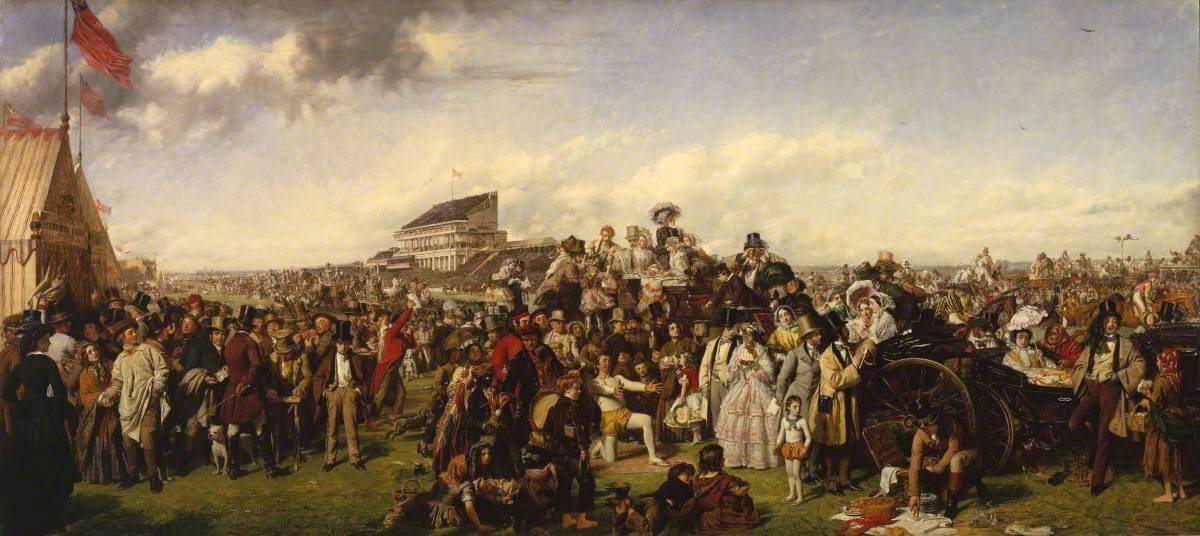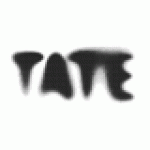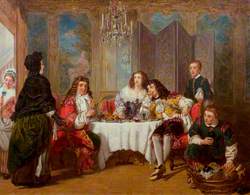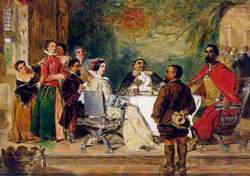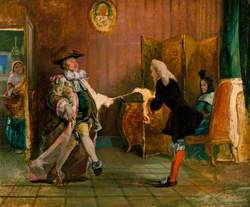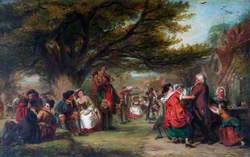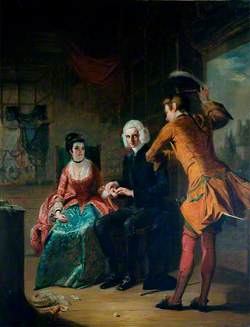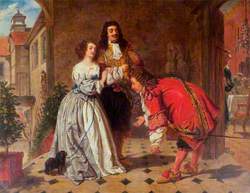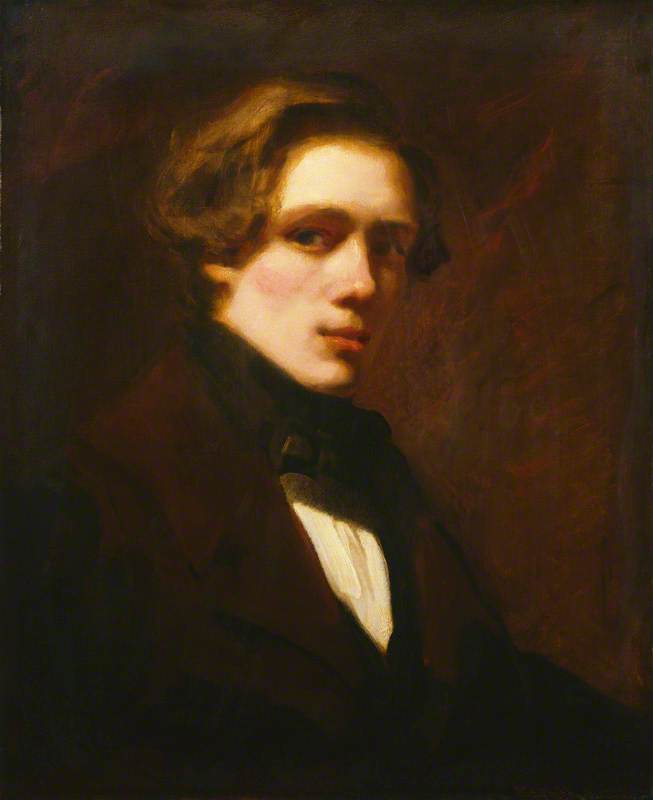How you can use this image
This image is available to be shared and re-used under the terms of the Creative Commons Attribution-NonCommercial-NoDerivatives licence (CC BY-NC-ND).
You can reproduce this image for non-commercial purposes and you are not able to change or modify it in any way.
Wherever you reproduce the image you must attribute the original creators (acknowledge the original artist(s) and the person/organisation that took the photograph of the work) and any other rights holders.
Review our guidance pages which explain how you can reuse images, how to credit an image and how to find more images in the public domain or with a Creative Commons licence available.
DownloadNotes
Add or edit a note on this artwork that only you can see. You can find notes again by going to the ‘Notes’ section of your account.
When 'The Derby Day' was first exhibited at the Royal Academy in 1858, it proved so popular that a rail had to be put up to keep back the crowds. It presents a panorama of modern Victorian life, a previously unknown genre which Frith largely created in his earlier work, 'Life at the Seaside, Ramsgate Sands' of 1854 (Royal Collection). Frith was a firm believer in the spurious sciences of phrenology and social type, which considered people's characters and social origins were visible in their physical features. Each character in Frith's picture is depicted to conform to these stereotypes, notably in the range of criminal and low-life types present (see Cowling 1989, Ch. 2). On the basis of an initial sketch, which he made after a visit to Epsom in 1856, Frith was commissioned by Jacob Bell, a chemist and amateur artist, to paint a large 5–6 foot canvas for £1,500.
There are three main incidents taking place in the picture. On the far left, next to the Reform Club's private tent, a group of men in top hats focus on the thimble-rigger with his table, inviting the audience to participate in the game. The man taking a note from his pocket is the trickster's accomplice. He is tempting the rustic-looking man in a smock, whose wife is trying to restrain him. On the right of this group, another man, with his hands in his pockets, has had his gold watch stolen by the man behind. In the centre of the picture we see the acrobat and his son, who looks longingly over at a sumptuous picnic being laid out by a footman. Behind them are carriages filled with race-goers, including a courtesan on the far right, who is the kept mistress of the foppish-looking character leaning against the carriage. The courtesan is balanced on the far left of the picture by the woman in a dark riding habit, one of a number of high-class prostitutes who daily paraded on horseback in Hyde Park.
Further reading: Aubrey Noakes, 'William Frith: Extraordinary Victorian Painter', London 1978, pp.59–69, reproduced in colour, pl.5. Mary Cowling, 'The Artist as Anthropologist: The Representation of Type and Character in Victorian Art', Cambridge 1989, Ch. 2 'Tate Gallery: An Illustrated Companion', London 1989, p.85, reproduced in colour Frances Fowle November 2000 Revised by Robert Upstone August 2001
Title
The Derby Day
Date
1856–8
Medium
Oil on canvas
Measurements
H 101.6 x W 223.5 cm
Accession number
N00615
Acquisition method
Bequeathed by Jacob Bell 1859
Work type
Painting
